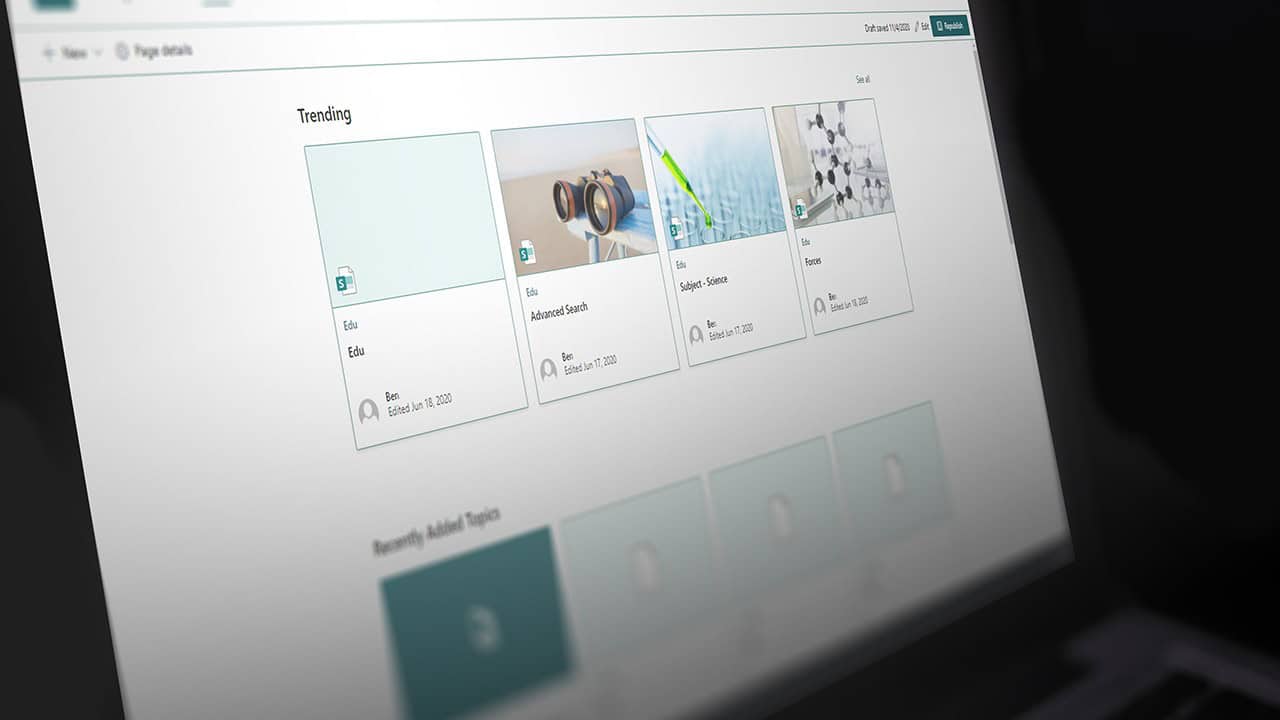As an organisation grows, communicating with users inevitably becomes harder – whether due to time, location or even geographical divide. For continued harmonious working, an organisation needs to consider its internal communications strategy – and the internal comms tools it intends to use to execute this.
What Is Internal Communications?
Internal communications is, simply put, the methods through which a company communicates to its user. This can take the form of short and long-term messaging, news and wider values. Methods can include email updates, newsletters, internal-facing intranets, videos, or even face-to-face workshops and meetings.
Internal communications is vital for the overall success of a business, ensuring that everyone is working toward the same goals and with the same approach. Keeping your users engaged is also important for staff retention. So getting your communication strategy right is essential.
This blog will walk you through the steps needed to form your internal communications strategy to engage staff and optimise operations.
Step 1: Explore The Business Needs, Challenges And Goals
The first step is to get an overview of your organisation. What products or services do you offer? Who are your customers and how do they use your products or services? How do these answers compare with other organisations in your industry?
Once you have a good understanding of what makes your company unique – strengths, weaknesses and opportunities – it will become easier to align your internal communications strategy with those qualities.
Step 2: Identify The Internal Communications Channels
Internal communications channels are any ways that you communicate with your employees. This can include anything from email to video calls, social media, employee bulletin boards and more.
Some organisations use an intranet site for sharing information with employees in an effective and engaging way, updating the site with company news, new policies, staff praise and any other useful updates.
Other organisations communicate through regular newsletters or magazines to keep everyone updated. Whatever channels you currently use, identifying them and analysing their effectiveness will allow you to focus on how to better use those channels, or uncover the need for new processes.
Step 3: Consider Company Culture
Company culture is not something you can put in a box, or even on a checklist. It’s made up of your people, and their behaviours shape its nature over time.
If you want your internal communications strategy to be effective and sustainable, it needs to take into account company culture and consider the fact that your internal communications need to suit your staff.
Step 4: Design Your Internal Communications Strategy
Now you’re ready to plan out your internal communications strategy:
- Define your key areas of focus and set the objectives for your internal communications strategy. What are the most important goals you want to achieve? For example, do you want to improve employee engagement, promote a new initiative or enhance collaboration across teams? Different objectives will fit better with different strategies
- Plan around your employees. Consider their communications preferences, what they use most currently, and what they’re most likely to respond well to. Ensure your strategy resonates with them, and they see any changes as positives not negatives.
- Engage your staff base with the planning process, ensure it’s effective, easy to track and follows a relatively quick time frame in order to keep it positive and interesting.
Step 5: Execute Your Plan
The next step in your internal communications strategy is to execute your plan.
Make sure you create a straightforward timeline and use this as a guide to ensure that things are progressing as intended.
It’s also a good idea to provide regular updates to employees so they have a clear understanding of any changes or updates that affect them.
Conclusion
By following these steps, you can create an internal communications strategy that works for your organisation.
Enhancing internal communications is a great way to improve the employee experience, and make people feel more a part of the organisation.
Akita provides internal and external communications solutions for organisations in practically every industry. Discover more about our solutions:
Find Out More




